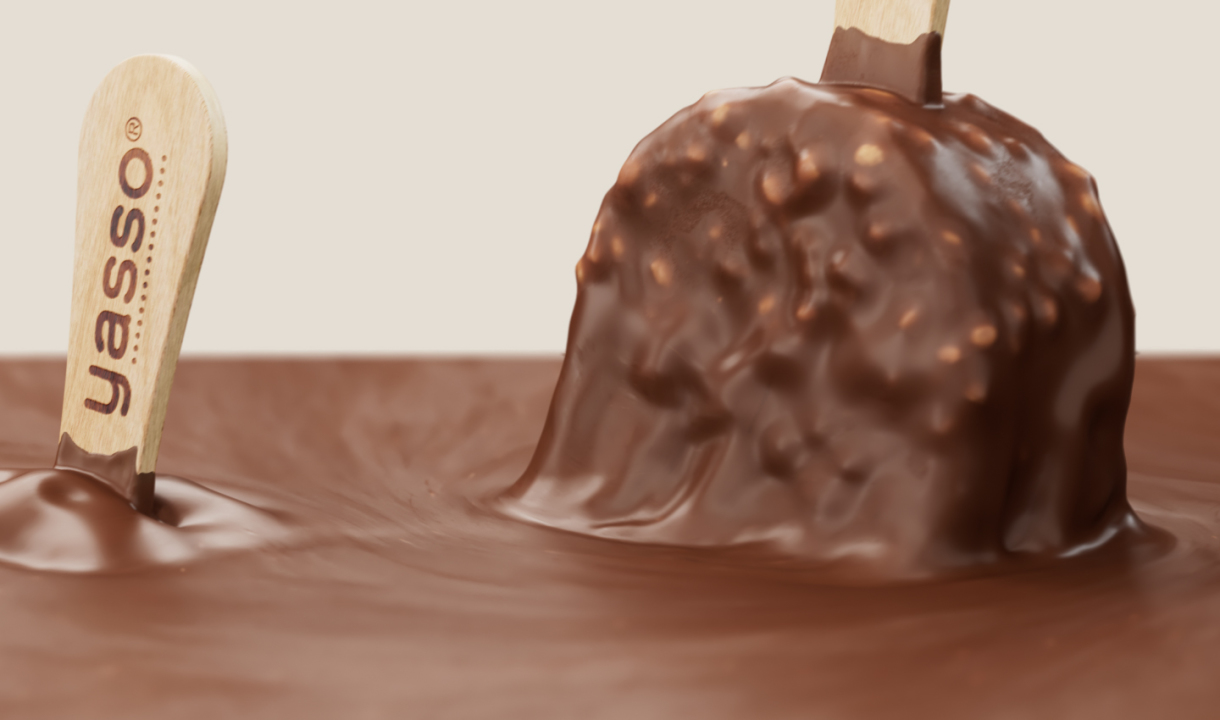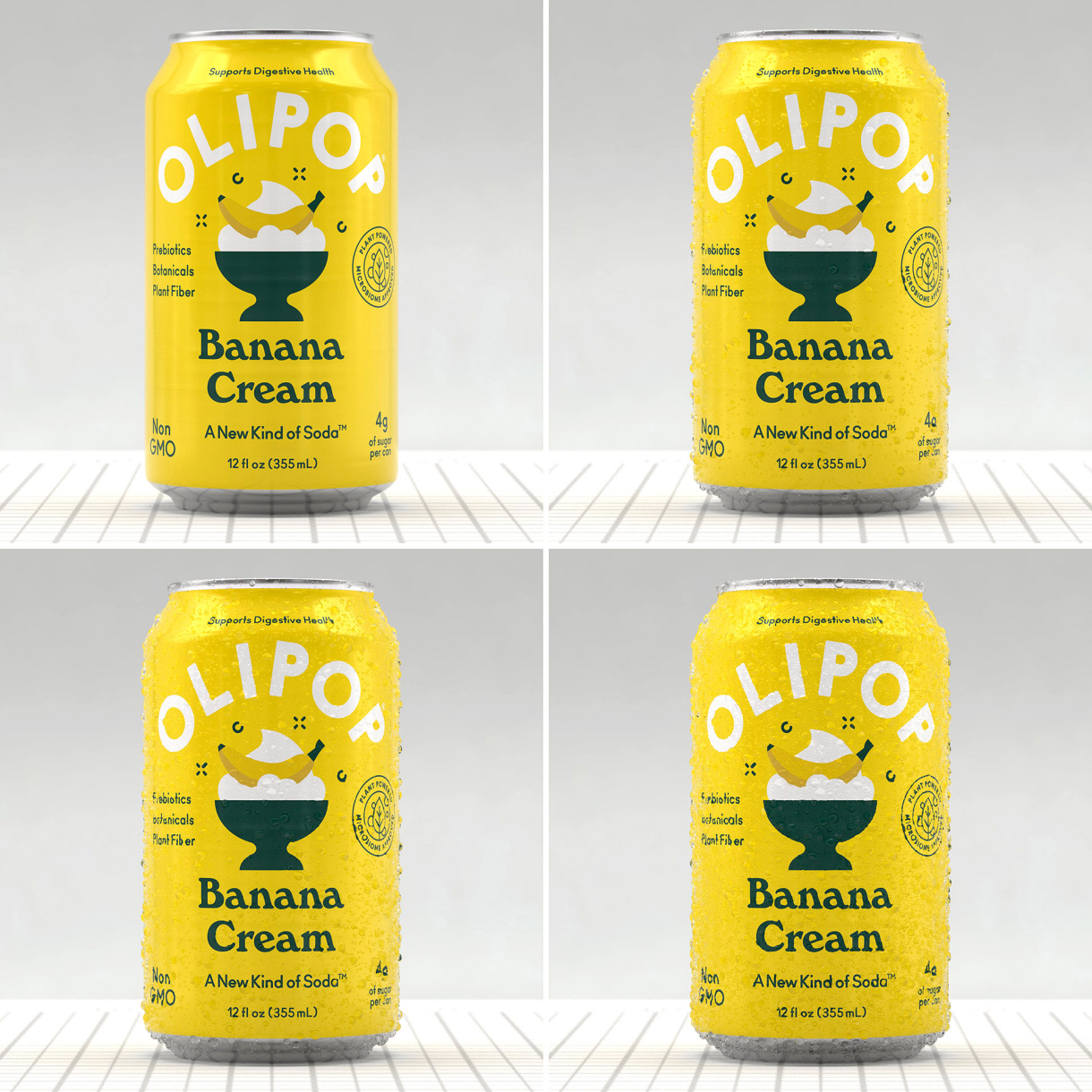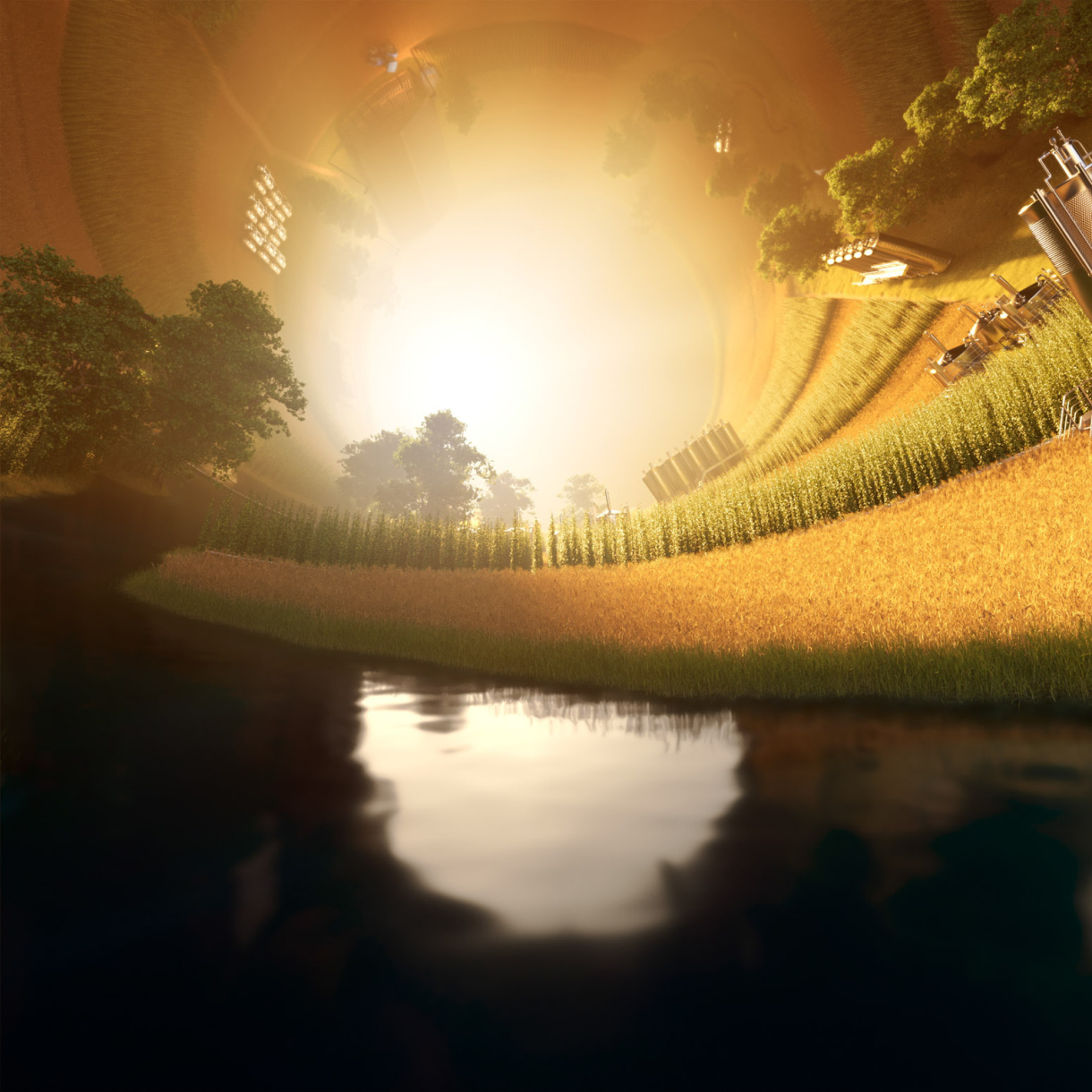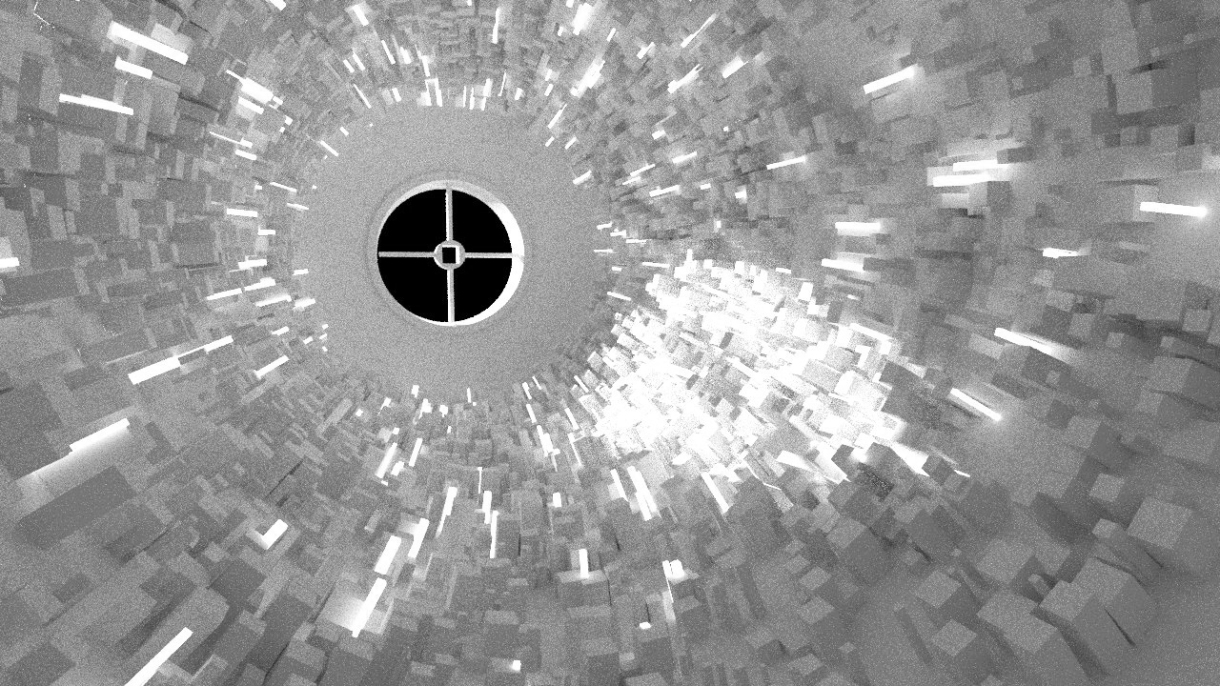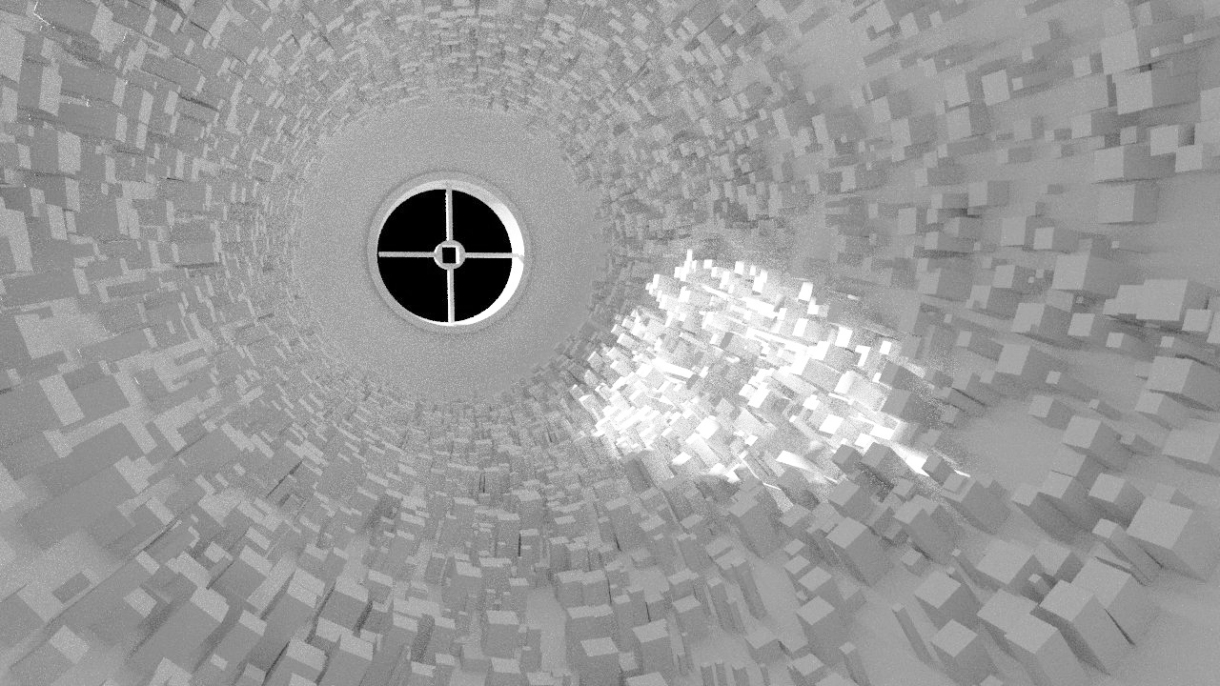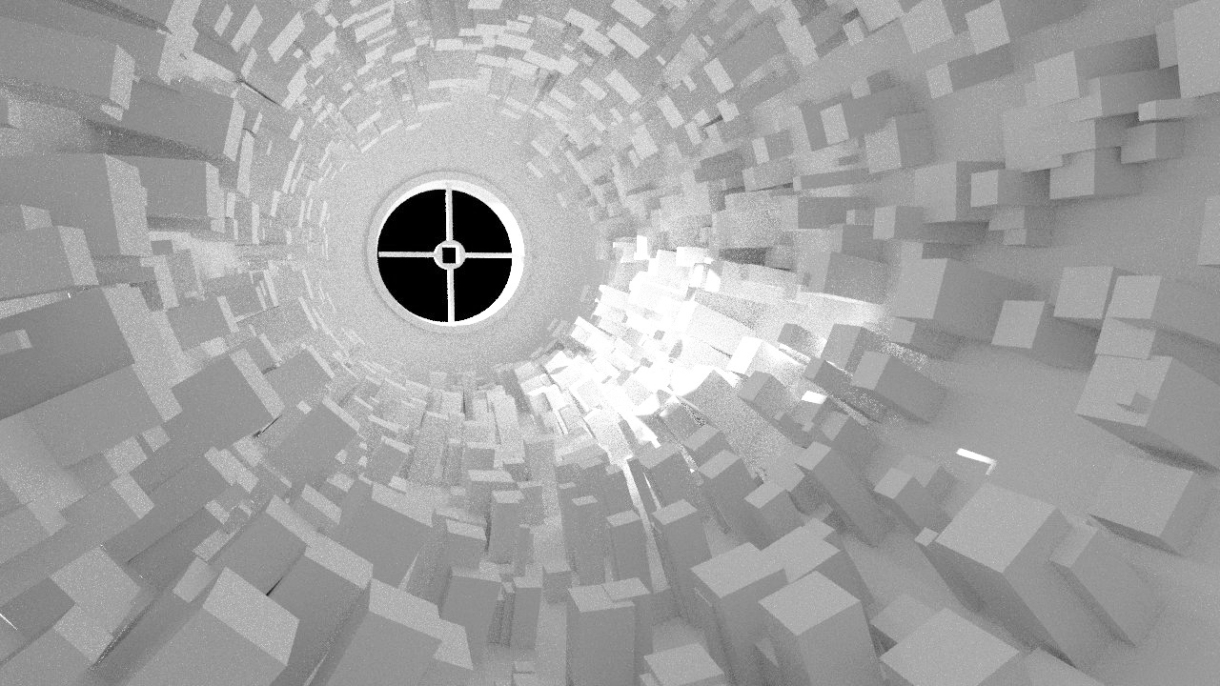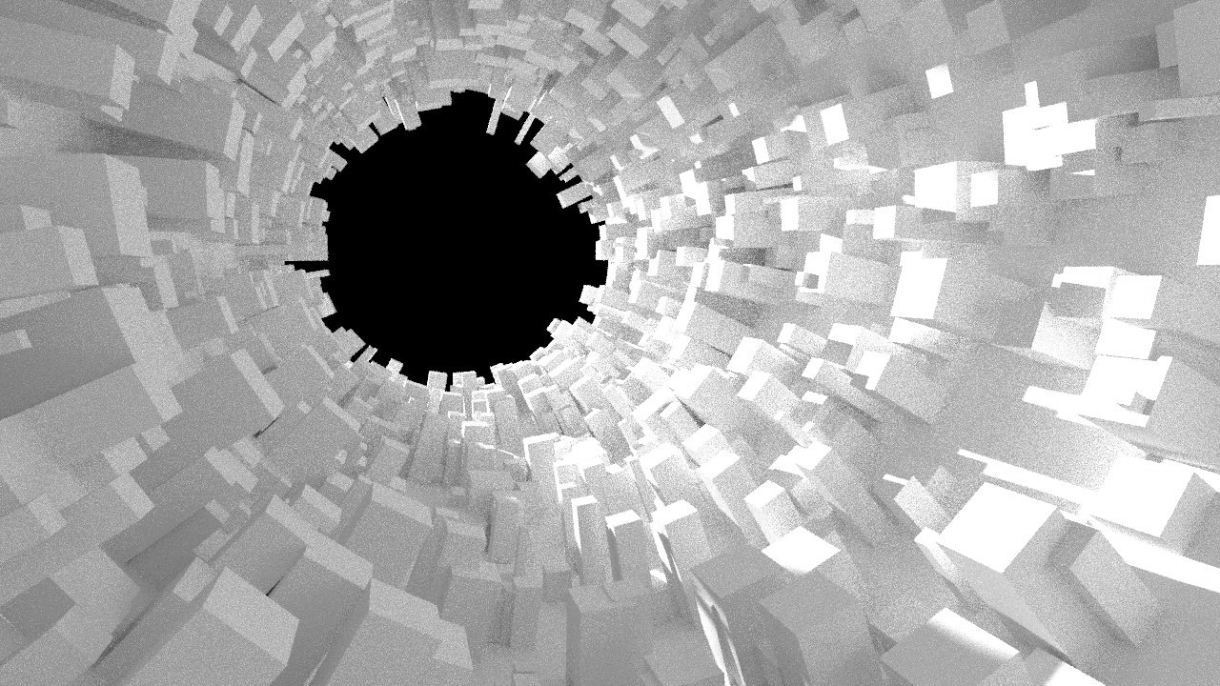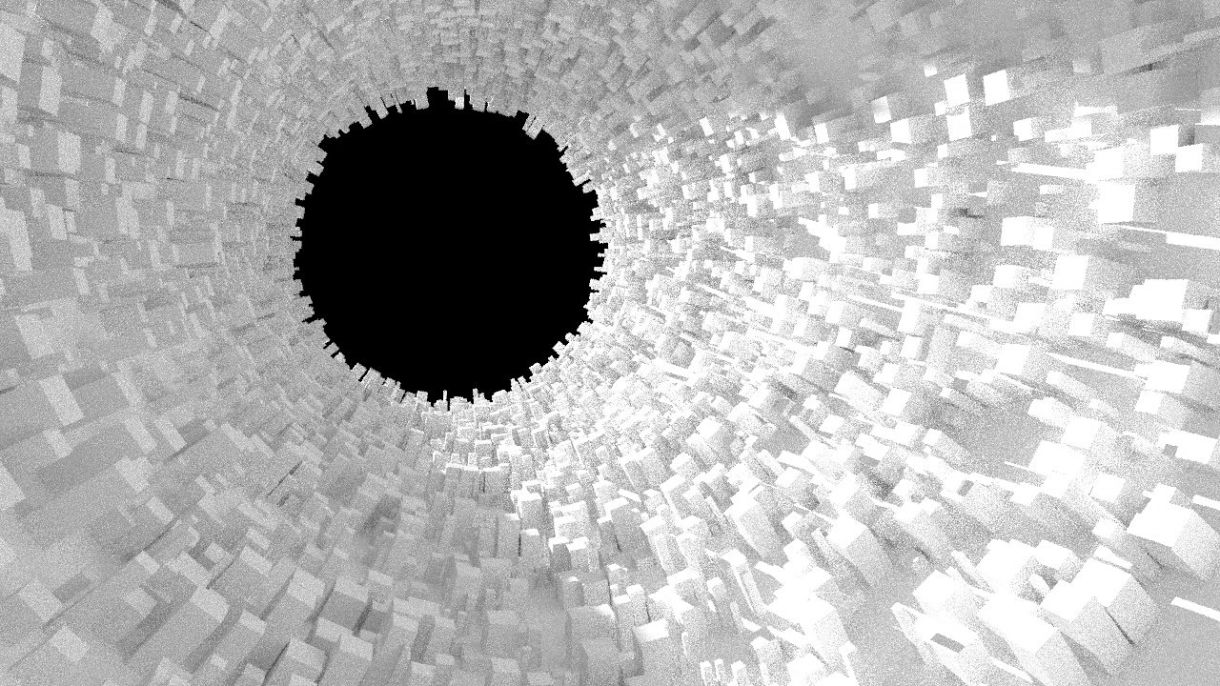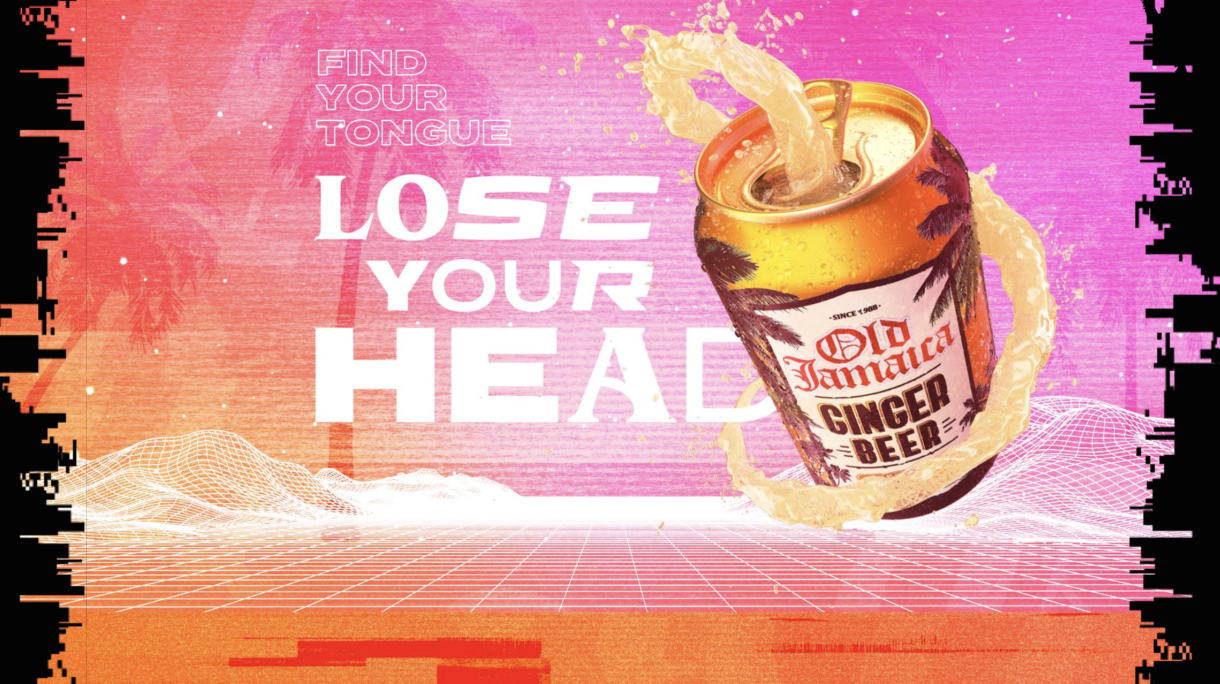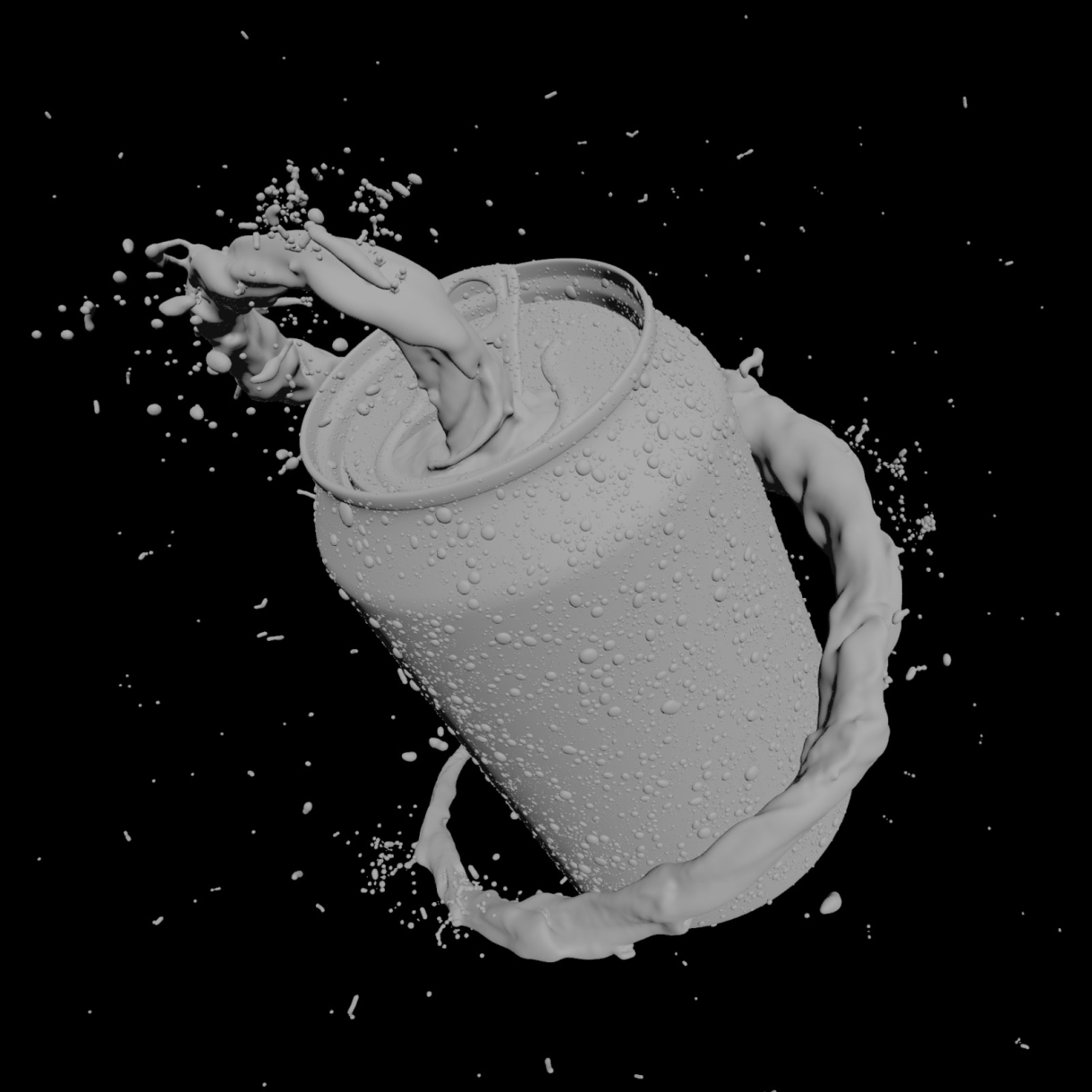The Power of Procedural for CGI Art Direction
Our Client Engagement Director, Mark Kershaw, looks at how procedural systems can empower creatives to elevate their art direction in CGI workflows.
Behind these stunning visuals lies a complex web of tools and systems that empower art directors, producers and artists to channel their creativity.
Good Art Direction makes Good Advertising
It’s an obvious statement but one that should resonate with anyone in advertising. Good art direction is attention grabbing, often subtle (although sometimes it jumps out at you) and impactful when done right.
It’s nothing new. Every good ad that you can probably think of from the past 100 years or so – or at least as long as imagery started becoming a part of print advertising – has most likely got clever, thoughtful art direction that tells a story.
As the way we make ads has evolved, so too has the way we do art direction. As we moved from illustrations through to photography and live action, different skills and techniques were developed to keep ads looking contemporary while maintaining that keen eye for quality art direction.
In the captivating realm of CGI (Computer Generated Imagery), the convergence of technology and artistic expression gives birth to breathtaking visuals. But behind these stunning visuals lies a complex web of tools and systems that empower art directors, producers and artists to channel their creativity. Below we delve into the intricacies of building VFX tools that aid art direction and unlock new dimensions of creative control.
Art direction is a broad enough term so I’ve whittled it down to two core elements in CG – Assets and Shots. Being able to art direct both elements is where the real magic happens when bringing everything together to make a stand-out piece of advertising content!
Art Directable Assets
With the development of CGI, the ability to create digital doubles of the assets within ads brought new possibilities, plenty of benefits, but also many new challenges. One benefit is you’ve got these assets in perpetuity. So no need to reshoot if your time on set is up and you’re not happy with what you’ve got. You can always tweak later with CG and you can also reuse them for any future campaigns you might have in store.
With CG, however, you have to design each asset to either replicate what you’d see in real life or design an aspirational/ hyper-real version of the product. If you were going to make the same image or film in CG that you’d otherwise produce traditionally, it’s definitely possible but can bring its own challenges in development. While the assets themselves can be made relatively quickly (I say relatively as there’s still work to be done!) the finer details that make things look entirely photoreal take time e.g. how the condensation on a can of a refreshing soda looks, how welds sit on a bike or defining every attribute of the chocolate chips in a mint choc frozen yoghurt bar. Being able to art direct the assets themselves is an important part of the process and one that serves as fundamental to creating photoreal, believable and tangible ads.
Art direction is the heartbeat of any visual project. It’s the process of shaping the aesthetic and emotional aspects of a scene or sequence, breathing life into pixels and polygons.
Art Directable Shots
Of course art direction goes beyond CG assets and digital doubles. They’re just the baseline for building a great shot.
Being able to get things looking great also means you need to be able to art direct the final shot too – that’s where VFX trickery comes into play and the hyperrealism of CGI becomes powerful. Maybe you want liquid to swirl in a certain way that defies gravity. Or you want an element of your product to form in a way that is visually interesting and eye-catching.
Art direction is the heartbeat of any visual project. It’s the process of shaping the aesthetic and emotional aspects of a scene or sequence, breathing life into pixels and polygons. In the realm of CGI, art direction takes on a unique challenge – how to imbue digital creations with the soul of human imagination. This challenge is met head-on by the marriage of artistry and technology, resulting in VFX tools tailored to enhance art direction.
And, of course, because you can Push Beyond Reality™ in CG, the range of things you can art direct becomes greater – which can lead to lengthier back-and-forths on getting where you want with your image or film.
Empowering the client to make considered decisions on what made their product look best.
Efficiency enables expression
These back-and-forths can lead to the creative being slowed down by the complexity.
For example, if you’re creating the aforementioned refreshing can of soda, let’s say with condensation on the can that makes it seem cool and inviting to drink, some traditional CG approaches might mean you have to painstakingly model a variety of different types of condensation droplet shapes, then spend quite a bit of time figuring out how each of these droplet shapes are placed on the can, which ones are more prominent, how densely they are concentrated in which areas, etc. It’s a manual process that takes a considerable amount of time and, with each iteration from the art director, can become quite inefficient to get right. That might not be dissimilar to staying late on a shoot to get the perfect shot. But a shoot day is often finite. You work with what you’ve got. With CG, you can iterate ad infinitum – sometimes losing sight of the initial idea. Creative fatigue can set in during a project, or it might just be there’s an impending deadline and things get left on the table that might have otherwise made what you are trying to create less than what you’d imagined.
Creating a VFX system for our project with OLIPOP, we could present a range of options that their team could choose from – empowering them to make considered decisions on what made their product look best quickly and efficiently on a tight timeline.
Or, let’s say you’re creating a virtual world to express an idea about your product e.g. a rich world that shows the processes of traditionally manufactured beer. You want it to be rich and full of life, with a range of different types of models in it i.e. hop and barley fields, beer silos and canning lines. But you want to be able to amend and adapt the environment, perhaps changing the shape in the exploration stage or populating the scene with more of one model type than another. This was the case in our project for Pinter 3, where our journey into the product was hyperreal and heavily art directed. Manually crafting this scene with every detail could potentially be a painful process, especially when iterating the look and feel, the density of the fields, the style and shape of silos, etc.
The last thing anyone wants to do on a project with tight timescales is to run out of time or, even worse, settle for ‘good enough’ on a project where we know more could be done.
So what can be done to alleviate some of this labour-intensive work to make art direction in CG more efficient and collaborative,, to help the creative flow and keep the momentum of expressiveness alive? An art-directable system to control all aspects of the shot:
By creating systems that generate and modify assets algorithmically, artists gain the ability to quickly iterate on variations of a scene.
The Power of Procedural
Traditional CG, in very simple terms, works on the basis of ‘polygonal modelling’ – manually modelling objects and then placing these objects in a scene somewhere. The time consuming part is often in the modelling, especially if there are a lot of things to model. Any iterations or amends also take a lot of time as they need to be manually adjusted to suit the new direction.
Less traditional software allows for a ‘procedural’ workflow. What procedural means, in simple terms, is using maths to help you create a tool or system – as opposed to having to manually craft and sculpt every element of a shot yourself.
This was particularly helpful to us on our project with Yasso, where we needed to create a range of frozen yoghurt products that were similar in shape but unique in how the ingredients were placed within each of their products.
Procedural techniques play a pivotal role in building VFX tools that aid art direction. By creating systems that generate and modify assets algorithmically, artists gain the ability to quickly iterate on variations of a scene. For instance, a procedural tool might simulate gravity defying liquid with varying densities, viscosities and behaviours, but all travelling along the same path, as seen in our project for Old Jamaica Ginger Beer.
This enables artists to fine-tune every defined attribute of the fluids look and feel while maintaining the overall artistic vision. Procedural systems empower artists to explore creative options far more efficiently than manual asset creation.
The creative process is refined – it becomes more efficient and more expressive for the creatives working on the project, saving a lot of time and frustration in the process; resulting in better creative execution and a happier creative team!
Benefits of Art Direction-Focused VFX Tools:
Efficiency and Iteration: VFX tools designed for art direction significantly speed up the creative process. Artists can rapidly iterate on concepts, test different scenarios, and adjust elements without having to start from scratch.
Consistency and Coherence: These tools ensure that the visual elements align with the intended artistic direction. By maintaining a coherent aesthetic across different scenes, the final product becomes a cohesive narrative.
Collaborative Potential: With real-time visualisation and collaborative features, artists, art directors, and producers can work together efficiently, resulting in a unified vision.
A tool is nothing without the right craftsman
Now, I may have made it seem a little easier than it is in reality. Not just anyone can dive into a VFX system and move a few sliders around to get the perfect shot.
The saying goes ‘a tool is only as good as the hand that wields it’ – in this example it’s the Technical Director (or TD) trained in the tool that empowers art directors to wield it properly. These tools and systems are bespoke to a project. None of this comes ‘out of the box’ and the TD’s job is to write scripts and code that allow for the scene to be updated efficiently, while maintaining the artistic vision.
The TD’s job is to understand which attributes need to be adjusted, how to set the parameters to adjust them, what the outcome of that adjustment is likely to be – all of these elements need to work together to create a system, or tool, that can enable this streamlined CG art direction to happen. Once the system/tool is created, things can be procedurally generated and the adjustment of the appropriate attributes then becomes something an art director can guide towards their creative vision.
The benefit of developing a procedural system, for CG production, is the ability to speed up the process of creating those iterations.
Pioneering the Future of CGI Art Direction
The marriage of art and technology in CGI has given rise to an era of unparalleled creativity. Building systems tailored to art direction not only empowers artists to explore their imagination but also paves the way for groundbreaking visual experiences.
As VFX tools continue to evolve, the future of CGI promises to be a canvas where artists wield both their creativity and the power of technology to craft digital wonders that captivate worldwide.
The possibilities are almost endless but the benefit of automating art direction in this way applies the same way in every situation. Every creative project has an iterative process. The benefit of developing a procedural system, for CG production, is the ability to speed up the process of creating those iterations – enabling better expression of creative ideas and, ultimately, more impactful ads!
How we can help
At Wonder Vision, we work closely with brand marketing and agency creative teams to explore the best way to use tools and systems to bring their CGI campaigns to life.
For more information, drop me an email at [email protected] for a chat on how we can help elevate the art direction on your next CGI project.
